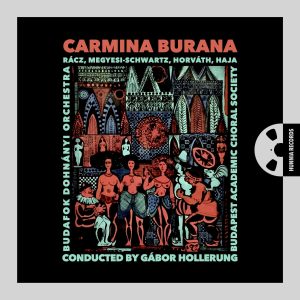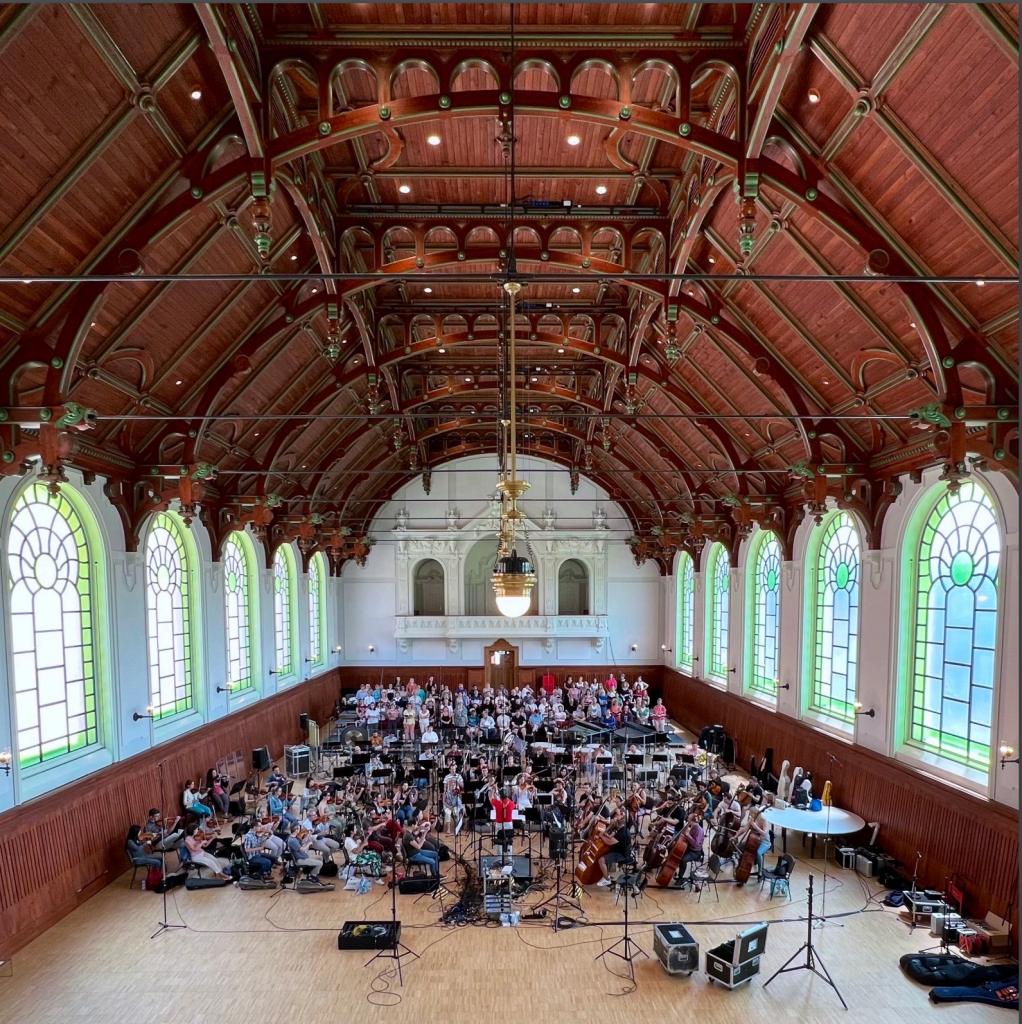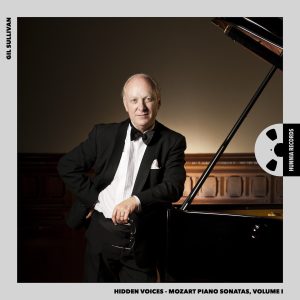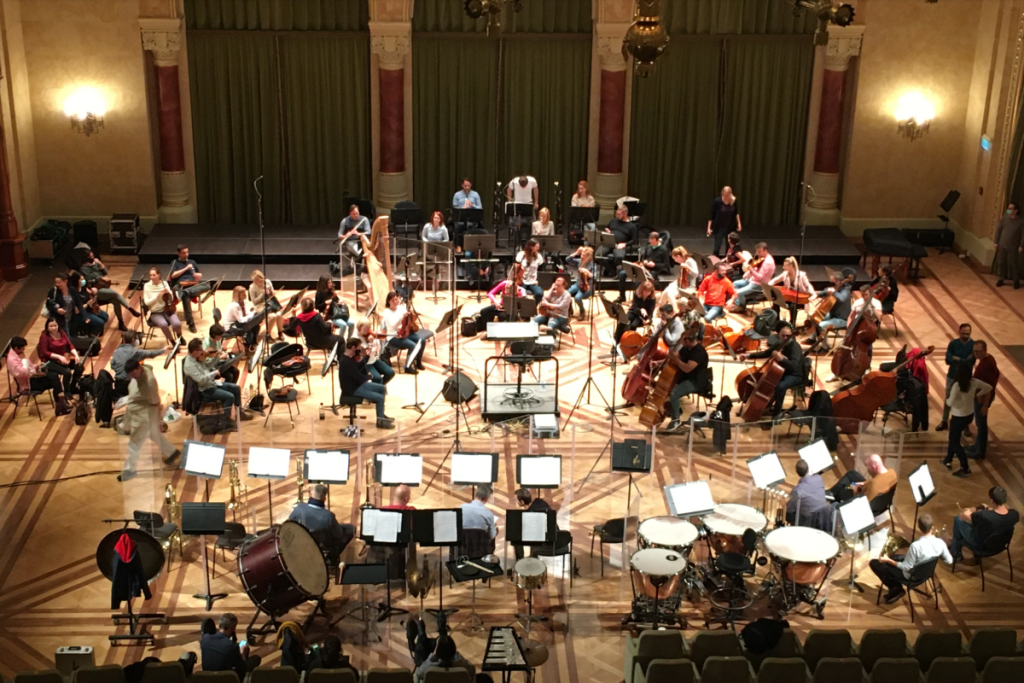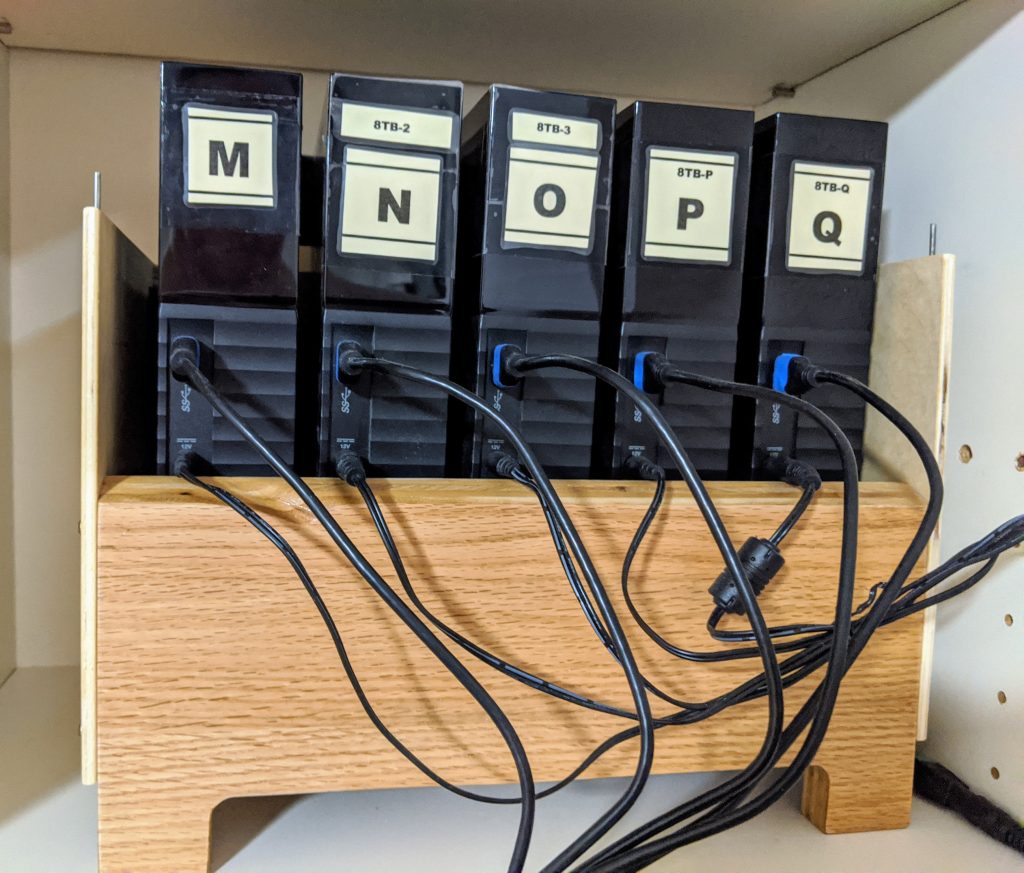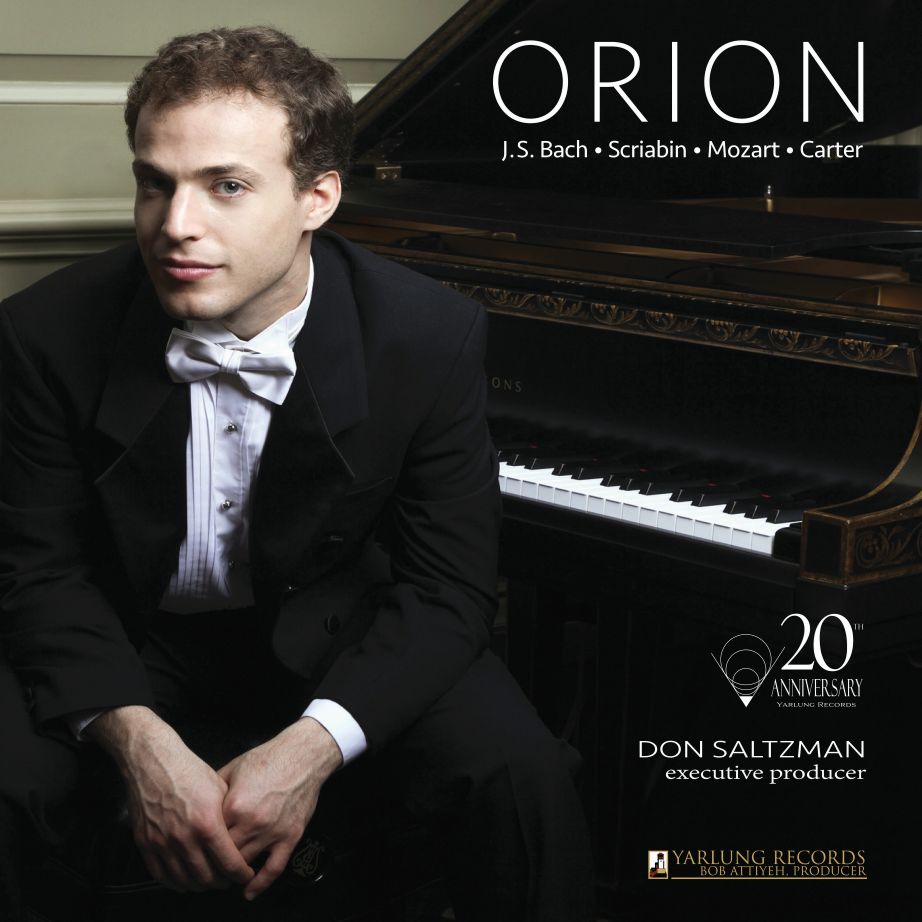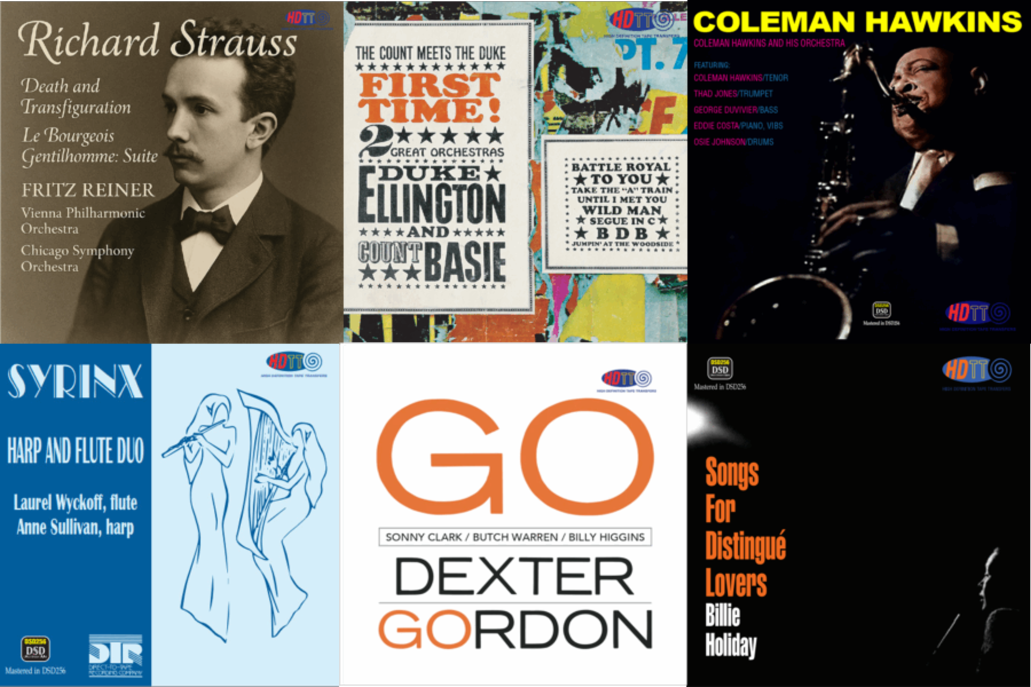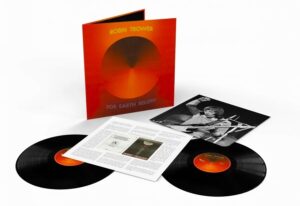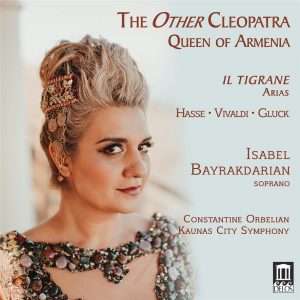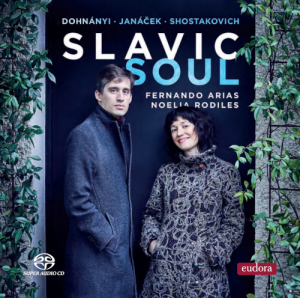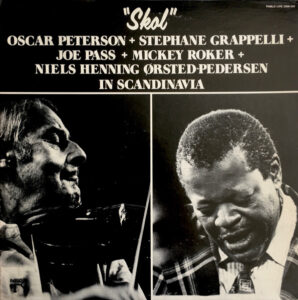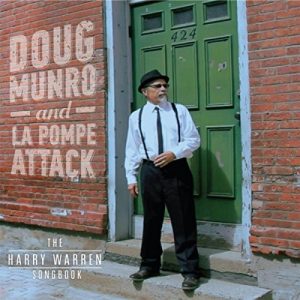I wrote about my enthusiasm for what Hunnia Records has been doing in this earlier article covering a dozen or so of their releases over the past few years. But Hunnia does not stand still! Not by any means. And I continue to enjoy their new releases. Here are a few you should know about...
Carmina Burana, Budafok Dohnanyi Orchestra, Budapest Academic Choral Society. Hunnia Records 2023 (DXD*, DSD256) HERE
Carl Orff's Carmina Burana (1935 and 1936) is always an audience favorite. And for good reason. It is based on a manuscript of 254 poems and dramatic texts mostly from the 11th or 12th century, although some are from the 13th century. The pieces are mostly bawdy, irreverent, and satirical, and were written principally in Medieval Latin (with a few in Middle High German and a mixture of Latin and German or French vernacular).
Orff identified 24 of these texts, mostly in secular Latin, out of which he constructed his musical cantata. Originally conceived by Orff to be combined with action on stage, it is today most commonly performed without any stage action by chorus, soloists and orchestra. You may also hear about Orff's Catulli Carmina and Trionfo di Afrodite, works that Orff wrote in combination with Carmina Burana and which collectively are titled Trionfi, a musical triptych. Those additional works are not included here.
This performance of Carmina Burana rises to among the better of the performances I have in my library. What is most striking to my ears is the clarity of the voices in the chorus. More so than almost any other recording I have, the voices here are clear, highly resolved and very articulate. One can actually hear each sung word, which is a truly remarkable credit to both chorus, given that it's being sung in vernacular Latin, and to recording engineer. The soloists are all good, and convincing in their roles. There is no "super star" who stands out from the rest (as does Dietrich Fisher-Dieskau in the famous Eugen Jochum performance for DGG, 1964), but this is all for the better enjoyment in my book.
This recording was made in a dedicated recording session over three days, but after many prior live performances in the same venue. The performers all sound immensely well-prepared in this final recording.
And it sounds quite successful to my ears, notwithstanding what I understand were some immense challenges offered by the recording venue—the beautifully reconstructed Royal Riding Hall - Buda Castle, Budapest. Reconstruction was just completed in June of 2022, so this performance was a celebration of the opening of the building and event center.
Recording session for Carmina Burana, Royal Riding Hall - Buda Castle, Budapest, June 11-12, 2022.
Riding Stables under construction and completed. (Creative Commons image)
Hidden Voices, Mozart Piano Sonatas: Volume I - Gil Sullivan. Hunnia Records 2023 (DXD*, DSD256) (Update August 2013: This album is now available as a Pure DSD256 release) HERE
Australian pianist Gil Sullivan is someone whose performances I'd not previously heard. Many thanks to Hunnia Records for making me aware of him!
In reading his biography, I see that he tours extensively both around Australia and overseas, performing each year throughout Asia, Europe, the U.K., and the United States. And he has performed twice in New York's Carnegie Hall, plus given recitals in the Amsterdam Concertgebouw, the Berlin Konzerthaus, the Bruges Concertgebouw, Chicago's Centre for International Performance and Exhibition, New Hampshire's Claremont Opera House, the National Opera House of Vietnam, plus the National Concert Halls of Thailand, Taiwan, Hong Kong and Korea. Whew.
But all of this is of naught were I not liking his performances of these Mozart sonatas so much. They are delightful. Yes, he plays a Steinway & Sons Model D Concert Grand Piano, Hamburg, so we get a very modern sound for this Mozart. But the instrument he chooses also grants him tremendous latitude in bringing out all the greater color and dynamic shading from these pieces.
Sullivan's approach to Mozart is not to play "finger exercises." These are colorful performances. They are dynamic performances; they fully utilized the dynamic capabilities of the modern Steinway grand piano. As much as I may enjoy performances of Mozart's works on a fortepiano, these performances are a delightfully fresh exploration. He brings out the joys of Mozart in a fully modern sound, and his approach works wonderfully well for me. And I'm having great fun with his willingness to exaggerate for effect.
*DXD versus DSD256.
This is just a side note to repeat something I've said several times before: determine what is the best resolution/format for your system. As much as I prefer DSD256 in absolute terms, remember that most recordings available have been post-processed in PCM (DXD) using the Pyramix Digital Audio Workstation and then output to both DXD and DSD256. Accordingly, even if music was originally recorded in DSD256, it has been converted to PCM (DXD) and then converted yet again. The DSD to PCM (DXD) conversion is lossy. Once converted to PCM (DXD) there is no full restoration when converted back into DSD256 using Pyramix Album Publishing. And every conversion introduces some additional changes to the file. On top of this, each of our DACs processes a digital input signal differently. Some DACs may be happier with a DXD input, some with a DSD input.
In our household, our primary DAC (the Playback Designs MPD-8 from Andreas Koch, about which I've written here) consistently performs the DXD-to-DSD256 conversion better than Pyramix. (For those who may not know, as with some other DAC designs, the MPD-8 immediately converts any incoming PCM stream to DSD and then further processes that resulting DSD stream to the final analog output.)
So, on our primary system, I will almost always choose to play the edit master DXD file that I download from NativeDSD. But our secondary system (which uses a quite capable Teac UD-503 DAC) is much happier with DSD256 for its input—there is less work for it to do. Your system may have its own preferences for best sound quality.
In the instant case of these two albums from Hunnia, the DXD file is the sonic winner when played on our primary system. Andreas Koch simply has the better fairy dust at play. The high frequencies are rendered with greater purity and extension, the air around the instruments more natural sounding, the articulation of transients just a step better and more cleanly defined, altogether just a bit less mechanical sounding sonic picture.
A very telling example is the last movement of Mozart's Sonata No. 11 with Gil Sullivan's sharply defined, pounding piano notes. Or compare the final track from Carmina Burana "Fortuna Imperatrix Mundi (II) - O Fortuna" for a similar challenges of complex crashing instruments and chorus. Here, the MPD-8 simply does a more well defined conversion of that DXD edit master to DSD256 and then on to analog than if I start with the Pyramix conversion to DSD256.
But that's on my system. You may find a different result on yours. The point is: make the comparison and decide what you're hearing.
Of course, whenever I can get a Pure DSD256 file, there is no question about what to play. Pure DSD256 is ne plus ultra around here.
And just contrast the sound of either of the two DXD post-processed recordings with this very excellent PURE DSD256 recording of large orchestral works to understand what I mean by the exceptional transparency that can be had from Pure DSD256 recordings:
Born For Passion: Virtuoso Hungarian Symphonic Music, Budafok Dohnanyi Orchestra, Gabor Hollerung conducting. Hunnia Records 2021 (Pure DSD256) HERE
Here is a very nice album filled with music by Hungarian composers: Liszt's Les préludes, Lehar's Gold and Silver Waltz, Dohnányi's Symphonic Minutes, Kodaly's Dances of Galánta, and the second movement of Gyöngyösi's Symphony No. 1. Quite an enjoyable variety of excellent music for large orchestra, all of which is very nicely performed by the Budafok Dohnani Orchestra under Gabor Hollerung.
I am particularly taken with their performances of Dohnányi's Symphonic Minutes and Kodaly's Dances of Galánta. In my opinion, these are as good as any performances I have heard (interpretative choices aside). They have a delightful piquancy that is so often missing from other performances; I'm just not sure non-Hungarian orchestra players get the difference that make these performances special. The extract from Levente Gyöngyösi's (b. 1974) Symphony No. 1 (the second movement) shows promise and packs a lot of high energy entertainment value. It certainly makes use of the full range of orchestra instruments.
The sonics of the recording are reminiscent of some of the Morten Lindberg 2L recordings in the capture of both the orchestra and the hall space, with some performers (percussion and brass) seated behind the conductor in surround fashion. But, it is the utter transparency of the Pure DSD256 capture from the microphones that is most striking. I'll admit it. I'm a sound junkie. I LOVE excellence in the recorded sound quality. And this recording delivers in spades. Highly recommended for all three important aspects of a great album: the music, the performances, and the sound quality.
And the Hunnia recording team is getting better. This recording was made at the Pesti Vigadó on October 15-17, 2020. I'm looking forward to what they can do with their next full orchestra recording when once again in an acoustically favorable hall.
Recording session for Born for Passion in the Pesti Vigadó on October 15-17, 2020
Images courtesy of Hunnia Records, except as noted.




